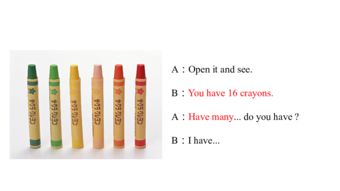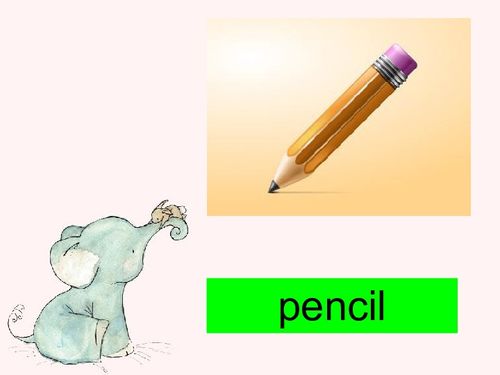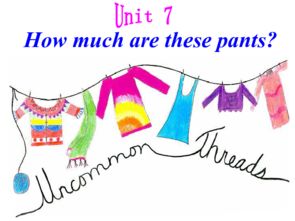How Many Ounces in a Ton: A Comprehensive Guide
Understanding the conversion between ounces and tons is essential for various industries, from construction to manufacturing. Whether you’re dealing with raw materials, finished products, or simply curious about the metric system, knowing how many ounces are in a ton can be incredibly useful. In this article, we’ll delve into the details of this conversion, exploring its history, practical applications, and the significance of the conversion factor.
What is a Ton?

A ton is a unit of mass or weight, and it can refer to different types of tons depending on the context. The most common types are the short ton, the long ton, and the metric ton. Here’s a brief overview of each:
| Type of Ton | Definition | Weight in Pounds |
|---|---|---|
| Short Ton | Used primarily in the United States | 2,000 pounds |
| Long Ton | Used primarily in the United Kingdom and some other countries | 2,240 pounds |
| Metric Ton | Used in the metric system | 1,000 kilograms |
For the purpose of this article, we’ll focus on the short ton, which is the most commonly used in the United States.
Understanding Ounces

An ounce is a unit of mass or weight, and it is part of the imperial system of measurement. The ounce is often used in cooking, retail, and other everyday applications. Here’s a quick overview of the ounce:
- 1 ounce is equal to 1/16 of a pound.
- There are 16 ounces in a pound.
Conversion Factor: How Many Ounces in a Ton?

Now that we have a basic understanding of both ounces and tons, let’s determine the conversion factor. To find out how many ounces are in a ton, we need to multiply the number of pounds in a ton by the number of ounces in a pound.
For the short ton, which is equal to 2,000 pounds, the calculation is as follows:
| Number of Pounds in a Ton | Number of Ounces in a Pound | Total Number of Ounces in a Ton |
|---|---|---|
| 2,000 | 16 | 32,000 |
Therefore, there are 32,000 ounces in a short ton.
Practical Applications
Understanding the conversion between ounces and tons is crucial in various industries. Here are a few examples:
- Construction: When ordering materials, contractors need to know the weight of the materials in tons to ensure they have enough for their projects.
- Manufacturing: Manufacturers often need to convert between ounces and tons when dealing with raw materials and finished products.
- Transportation: Shipping companies must consider the weight of goods in tons to determine the appropriate transportation methods and costs.
- Healthcare: In some medical applications, such as dosing medications, the conversion between ounces and tons is essential for accurate measurements.
Significance of the Conversion Factor
The conversion factor between ounces and tons is significant for several reasons:
- Standardization: The conversion factor allows for consistent measurement and communication across different industries and countries.
- Accuracy: Knowing the exact conversion factor ensures that calculations and conversions are accurate, reducing errors and potential costs.
- Efficiency: Understanding the conversion factor can save time and resources by streamlining processes and reducing the need for manual calculations.
Conclusion
Understanding how many ounces are in a ton is essential for




